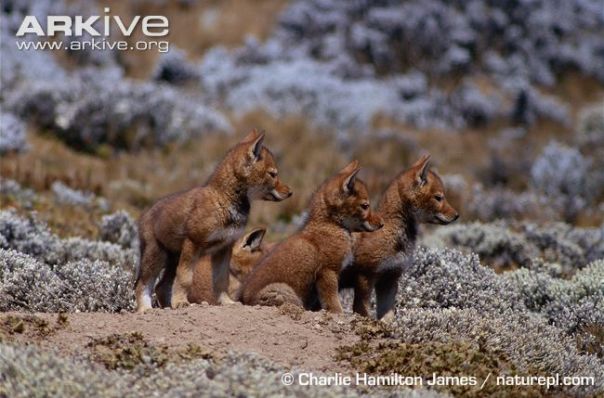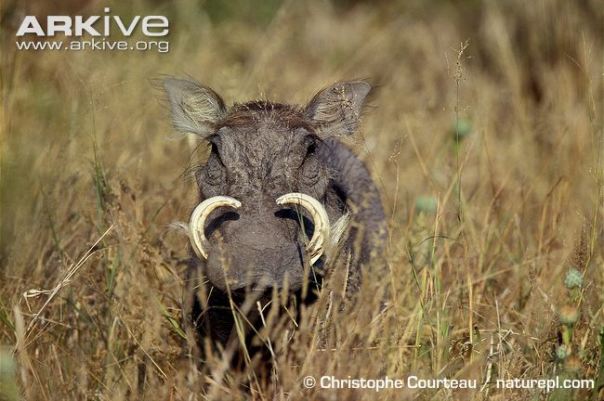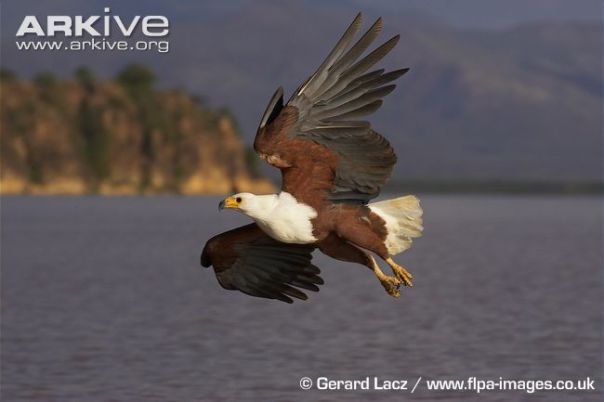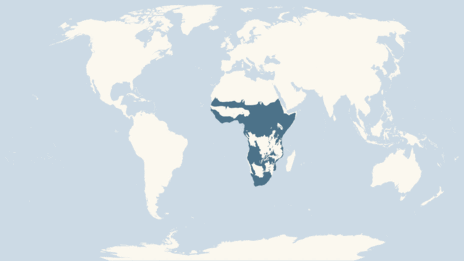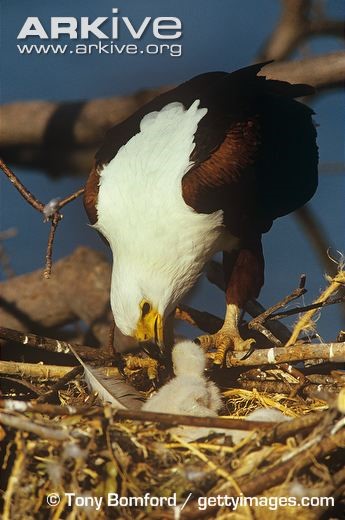- Polyphagy: “The habit of feeding on many different kinds of food.”
Most large animals will feed on multiple foods. For example, a cheetah is a carnivore but will eat different meats such as rabbits, antelopes, warthogs and ostrich.
- Monophagy: “Feeding on only one kinds of food.”
Some animals will only eat one specific kind of food, often known as ‘specialists’. An example of a specialist animal is the koala, which only eats eucalyptus leaves.
The suffixes of most of the following words are either ‘vore’ which is derived from the Latin word ‘vorare’ meaning ‘to devour’ or ‘phagy’, which is derived from the Greek word ‘φαγειν’ meaning ‘to eat’.
| Carnivore | An animal that eats the meat from other animals. | Grey wolf (Canis lupus)
Nile crocodile (Crocodylus niloticus) Common buzzard (Buteo buteo) |
| Araneophagy | Feeding on or eating spiders. | Blackbird (Turdus merula)
Cellar spider (Pholicidae) Common toad (Bufo bufo) |
| Avivore | Feeding on or eating birds. | Eurasian sparrowhawk (Accipiter nisus)
Leopard seal (Hydrurga leptonyx) Goliath birdeater (Theraphosa blondi) |
| Durophagy | The consumption of hard-shelled organisms (coral, invertebrates and bamboo) | Giant panda (Ailuropoda melanoleuca)
Bullhead shark (Heterodontus) Crown of thorns starfish (Acanthaster planci) |
| Haematophagy | Feeding on blood | Vampire bat (Desmodontinae)
Mosquito (female only) (Culicidae) Lamprey (Petromyzontiformes) |
| Insectivore | Feeding on insects | Giant anteater (Myrmecophaga tridactyla)
Praying mantis (Mantodea) Aye-aye (Daubentonia madagascariensis) |
| Myrmecophagy | Feeding on ants and/or termites | Pangolin (Pholidota)
Echidna (Tachyglossidae) Ant mimic jumping spider (Myrmarachne) |
| Invertivore | Feeding on invertebrates | Common frog (Rana temporaria)
European headgehog (Erinaceus europaeus) Armadillo (Dasypodidae) |
| Ceratophagy | Feeding on the hair of animals | Common clothes moth (Tineola bisselliella)
Dermestid beetle larvae (Dermestidae) |
| Lepiodophagy | Feeding on fish scales | Bucktooth tetra (Exodon paradoxus)
Elongate glassy perchlet (Chanda nama) Target fish (Terapon jarbua) |
| Molluscivore | Feeding on molluscs | Oystercatcher (Haematopus)
Risso’s dolphin (Grampus griseus) Cone snail (Conidae) |
| Mucophagy | Feeding on mucus | Sea lice (Caligidae)
Vampire squid (Vampyroteuthis infernalis) |
| Ophiophagy | Feeding on snakes | Secretarybird (Sagittarius serpentarius)
Mongoose (Herpestidae) Common kingsnake (Lampropeltis getula) |
| Oophagy | Feeding on eggs | Shortfin mako (Isurus oxyrinchus)
Crow (Corvus) Hedgehog (Erinaceinae) |
| Piscivore | Feeding on fish | Bald eagle (Haliaeetus leucocephalus)
Lemon shark (Negaprion brevirostris) Fishing cat (Prionailurus viverrinus) |
| Spongivore | Feeding on sponges | Hawksbill turtle (Eretmochelys imbricate)
Emperor angelfish (Pomacanthus imperator) Sea slugs (Nudibranch) |
| Teuthophagore | Feeding on cephalopods | Beluga whale (Delphinapterus leucas)
Blue shark (Prionace glauca) Pyjama shark (Poroderma africanum) |
| Vermivore | Feeding on worms | American robin (Turdus migratorius)
Long-beaked echidna (Zaglossus) Kiwi (Apteryx) |
| Herbivore | Feeding on plants | Koala (Phascolarctos cinereus)
Red deer (Cervus elaphus) White Rhinoceros (Ceratotherium simum) |
| Exudativore /
Gumivore |
Feeding on gum, tree sap, resin | Black-tufted marmoset (Callithrix penicilata)
Forked-marked lemur (Phaner) Leadbeaters possum (Gymnobelideus leadbeateri) |
| Folivore | Feeding on leaves | Hoatzin (Opisthocomus hoazin)
Two-toed sloth (Choloepus) Kakapo (Strigops habroptilus) |
| Florivore | Feeding on flowers | European rabbit (Oryctolagus cuniculus)
Yellow-footed tortoise (Chelonoidis denticulata) Fallow deer (Dama dama) |
| Frugivore | Feeding on fruits | Maned wolf (Chrysocyon brachyurus)
Orangutan (Pongo) Gray-bellied night monkey (Aotus lemurinus) |
| Graminovore | Feeding on grasses | Capybara (Hydrochoerus hydrochaeris)
Red kangaroo (Macropus rufus) Giant panda (Ailuropoda melanoleuca) |
| Garnivore | Feeding on seeds | Tree sparrow (Passer montanus)
Western scrub jay (Aphelocoma californica) Grey squirrel (Sciurus caeolinensis) |
| Nectarivore | Feeding on nectar | Australian painted lady (Vanessa kershawi)
Honey possum (Tarsipes rostratus) Grey-headed flying fox (Pteropus poliocephalus) |
| Polynivore | Feeding on pollen | Bees (Anthophila)
Ladybird (Coccinellidae) Hoverfly (Syrphidae) |
| Xylophagy | Feeding on wood | Termite (Isoptera)
Bark beetle (Scolytinae) Naval shipworm (Teredo navalis) |
| Omnivore | Feeding on animals and plants | Coati (Nasua / Nasuella)
Brown bear (Ursus arctos) Darwin’s rhea (Rhea pennata) |
| Fungivore | Feeding on fungus | Vervet monkey (Chlorocebus pygerythrus)
Gray jay (Perisoreus canadensis) Land slugs (Philomycidae) |
| Bacterivore | Feeding on bacteria | Vorticella campanula
Paramecium |
| Planktivore | Feeding on plankton | Blue whale (Balaenoptera musculus)
Whale shark (Rhincodon typus) Bowhead whale (Balaena mysticetus) |
| Coprophagy | Feeding on feaces | Oriental latrine fly (Chrysomya megacephala)
European rabbit (Oryctolagus cuniculus) Naked mole rat (Heterocephalus glaber) |
| Detritivore | Feeding on decomposing material | Earthworm (Megadrilacea)
Woodlouse (Oniscidea) Fiddler crab (Uca) |
| Geophagy | Feeding on inorganic earth, soil, clay | Red and green macaw (Ara chloropterus)
Bats (Chiroptera) Chimpanzee (Pan) |
| Osteophagy | Feeding on bones | Desert tortoise (Gopherus agassizii)
Brown bear (Ursus arctos) Giraffe (Giraffa Camelopardalis) |
| Scavenger | Feeding on carrion | Griffon vulture (Gyps fulvus)
Yellowjacket (Vespula / Dolichovespula) Red-bellied piranha (Pygocentrus nattereri) |
| Cannibalism | Feeding on members of the same species | Mormon cricket (Anabrus simplex)
Praying mantis (Mantodea) Belding’s ground squirrel (Urocitellus beldingi) |









